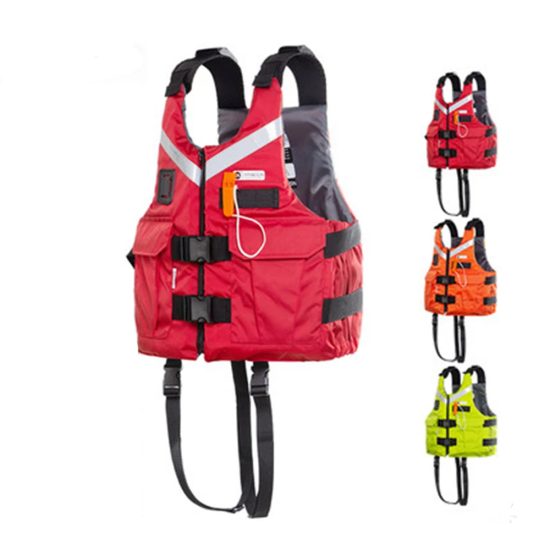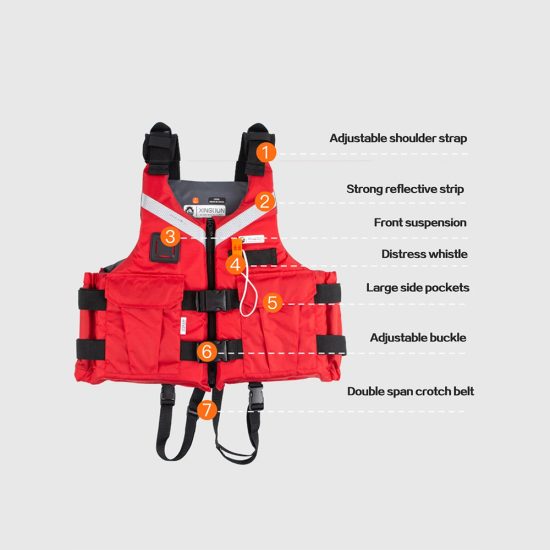In the realm of water safety, selecting the right life jacket transcends mere choice—it’s a crucial decision that can make a difference between safety and peril in aquatic environments. Here’s a comprehensive guide to navigating the myriad factors influencing the choice of a life jacket, ensuring both safety and comfort.
Life jackets, also known as personal flotation devices (PFDs), are available in various types, each designed for specific activities and conditions. Understanding these variations is key to making an informed decision.
Types of Life Jackets
- Type I: Often bulky but highly buoyant, these are designed for open, rough waters. They are most suitable for emergencies and extended rescue situations.
- Type II: These are less bulky and suitable for calm inland waters. They offer good buoyancy and are recommended for areas where a quick rescue is likely.
- Type III: Commonly used for recreational activities like boating and paddling. They are more comfortable and designed for conscious wearers in calm waters.
- Type IV: These are throwable devices like buoyant cushions or rings meant to supplement life jackets on board.
- Type V: Specialized jackets designed for specific activities like kayaking, windsurfing, or water skiing, often providing more freedom of movement.
Considerations for Selection
- Buoyancy and Fit: The right level of buoyancy is crucial. Ensuring a snug fit and buoyancy appropriate for the intended activity is paramount for effectiveness.
- Comfort and Mobility: A life jacket should be comfortable to wear for extended periods, allowing easy movement without hindering activities.
- Activity and Environment: Consider the specific water activity and environment. Different activities demand different types of life jackets; understanding these nuances ensures optimal safety.
- Durability and Material: Check the durability of the materials. Look for robust, weather-resistant materials that can withstand prolonged use and varying conditions.
- Visibility and Reflectivity: Bright colors and reflective elements aid visibility, crucial for rescue situations and visibility in the water.
Conclusion
Choosing the right life jacket is not a one-size-fits-all decision. It involves a nuanced understanding of various factors, from buoyancy to comfort and intended use. Prioritizing safety and comfort ensures that your time on the water remains enjoyable and secure. Remember, the best life jacket is the one you’ll wear consistently and correctly—so choose wisely!


